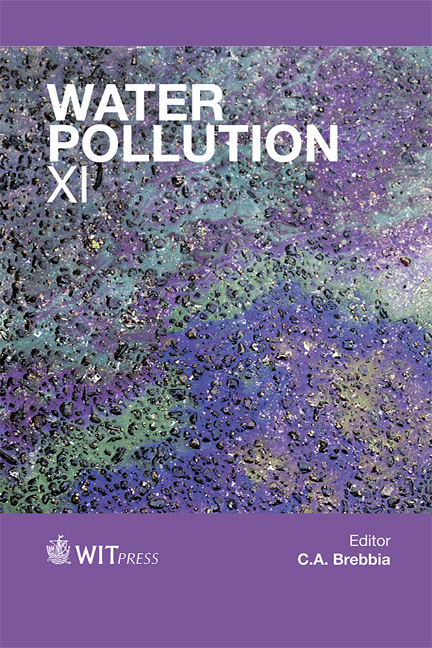Parameterisation Of Sediment Geochemistry For Simulating Water Quality Responses To Long-term Catchment And Climate Changes In Polymictic, Eutrophic Lake Rotorua, New Zealand
Price
Free (open access)
Transaction
Volume
164
Pages
12
Page Range
171 - 182
Published
2012
Size
581 kb
Paper DOI
10.2495/WP120151
Copyright
WIT Press
Author(s)
D. Özkundakci, C. G. McBride & D. P. Hamilton
Abstract
Numerical models of aquatic ecosystems that couple physics and biogeochemistry are valuable tools in aquatic ecosystem research. These models provide opportunities to test theories and to inform environmental management. In this study, we used the dynamic, process-based hydrodynamic-ecological model DYRESM-CAEDYM to simulate key ecosystem processes of Lake Rotorua, New Zealand, for six 8-year periods between 1920 and 2100 in order to evaluate the potential effects of future changes in land use and climate. Longterm variations in external boundary conditions (e.g. inflows) to the lake ecosystem are incorporated by varying the relevant input files in the DYRESMCAEDYM model. However, quantification of internal lake processes, specifically those at the sediment-water interface, presents a major challenge for long-term simulations. The sediment model within CAEDYM is ‘static’, with assumed constant sediment composition and a relatively simplistic process representation for nutrient and oxygen fluxes between sediment and water. Specifically, the model regulates sediment phosphate and ammonium release according to concentrations of oxidising species (i.e. oxygen and nitrate), and temperature in the overlying water layer. Sediment oxygen demand is controlled by dissolved oxygen concentrations and temperature in the water layer overlying the sediments. We used a ‘trial and error’ approach to estimate parameters for calibrating and validating the model, and regression modelling to infer the
Keywords
DYRESM-CAEDYM, internal loading, sediment nutrient release, sediment oxygen demand, integrated modelling, phosphorus, nitrogen





